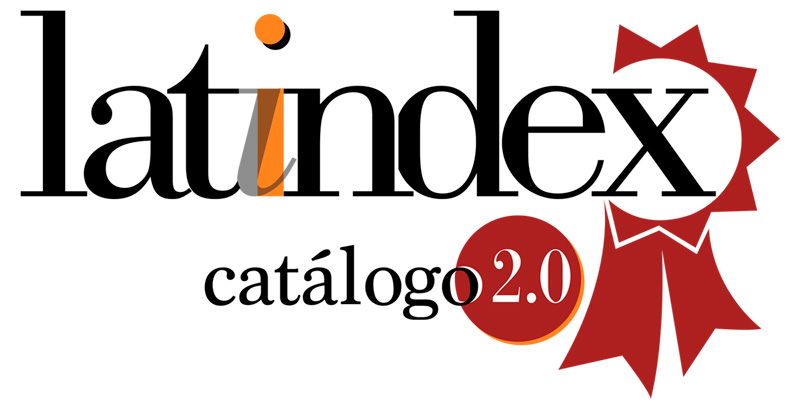The Neocatechumenal Way in North Lima (1976-2016)
DOI:
https://doi.org/10.35626/sv.21.2017.4Keywords:
History of the Church in Peru, Neocatechumenal Way, North LimaAbstract
The present work is a study of immediate history, corresponding to the presence and development of the ecclesial movement, within the Catholic Church, called the Neocatechumenal Way. His presence, which spans since 1964, year in which this movement appeared in Spain, up to the present day, is found in several countries. Thus, taking into account its presence in different countries, the case of Peru will be observed since the arrival of this movement in 1976 to the area of North Lima.
For better understanding, the topic will be analyzed taking into account five moments. The first corresponds to a brief introduction to the theme itself, emphasizing the interest in dealing with the theme of the Neocatechumenal Way in the Santísimo Redentor parish of the Engineering urbanization (district of San Martín de Porres, Lima, Peru). The second covers the general definitions of ecclesial movements, particularly the Neocatechumenal Way, accompanying it with a brief picture of some of the ecclesial movements that emerged in the twentieth century. The third corresponds to a brief history of the formation of the first Neocatechumenal community in Peru, the same one that was born in the aforementioned Santísimo Redentor parish. The fourth presents, in a general way, the most significant
contributions of the Neocatechumenal communities for the development of the urbanization Ingeniería (urbanization, parish, families, etc.). Finally, the fifth corresponds to the conclusions regarding the contribution of the Neocatechumenal Way to the Catholic Church.
In this way, this article seeks to recognize and know the first steps of this ecclesial reality, in what is currently Lima North, from the participation of many neighbors (brothers) of the area and other locations to this day. It is noted that, due to the limitations of the extension of the work, it has been considered appropriate to present the most outstanding and according to the author”™s criteria.









